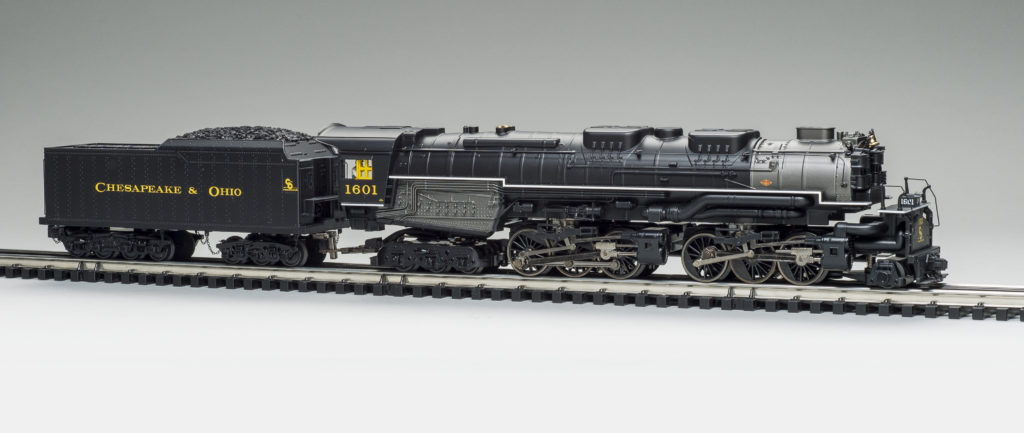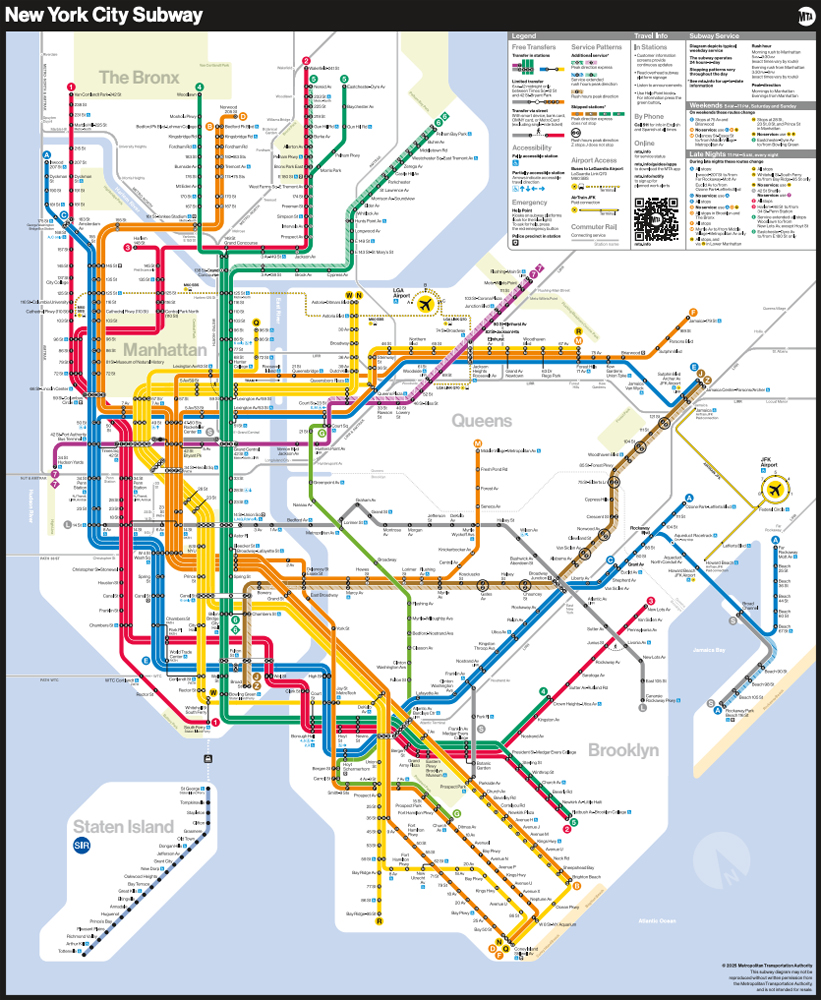Price: $799.95 (No. 30-1728-1)
Min Curve: O-31 Cmd Low: 5.74 smph Cnv Low: 7.0 smph High: 71.1 smph
Drawbar pull: 2 lb., 2 oz.
Features: Can-style motor, ProtoSound 3.0 command and sound system, smoke unit, coil coupler on tender Current-production road names: Chesapeake & Ohio, and Virginian Ry. Further reading: “Bragging Rights: Union Pacific’s Big Boy and Chesapeake & Ohio’s Allegheny,” Trains magazine Sept. 2004

The selectively “edited” designs are rife with additional detail points, good sound systems, and can make the most humble layout look terrific.
The 2-6-6-6 Allegheny is based on a comparatively late entry into the steam locomotive market. The design was intended to be a high-speed freight engine that would outperform the Norfolk & Western class A 2-6-6-4s of 1936.
The Advisory Mechanical Committee of the railroads owned by the Van Sweringen brothers (Chesapeake & Ohio, Erie, Nickel Plate Road, and Pere Marquette) worked with locomotive builder Lima to best the N&W’s performance, and it did. The N&W’s A-class generated 6,000 drawbar horsepower in testing, and the Allegheny had a maximum of 7,498. However, critics noted that the Allegheny’s extra 100 tons of weight should certainly have enabled that. While hardly rocket ships, the Alleghenies were fast enough that owners saw fit to equip 23 of the locomotives built with passenger train heating lines.
Between 1941 and 1948, 60 Alleghenys were built by Lima for the C&O. Then in 1945 Lima finished eight “Blue Ridge” class 2-6-6-6s for the Virginian Ry. Surprisingly, two of these late steam-era giants still exist. The C&O no. 1601 is displayed at the Henry Ford Museum in Dearborn, Mich., and no. 1604 is displayed at the Baltimore & Ohio Railroad Museum in Baltimore, Md.
Opening the box
This O gauge model has substantial size and weight just sitting in its box. Easing it out of the packaging, I could see it had impressive detailing while still being rugged enough to be fairly safe from damage due to my misplaced fingers.
The pilot is dandy, and it is one of the most business-like I’ve seen on a freight engine. The front is flat with a classic “C&O for Progress” logo (where the line running to “for” represents a stream of locomotive smoke) and the engine number. Cast-in steps rise from both sides and lead to an upper deck. There are handrails on both steps. You’ll find a headlight and number board literally on the deck.
The smokebox features a wind screen and four compressor pumps on its face. Above each pair of compressors is a marker/classification light, and a gold-tone bell is in the center.
The engine has an add-on whistle and pop-off valves. You’ll also see an add-on handrail that runs the length of the boiler. The boiler is well executed, with cast-in boiler bands, rivets, and sand lines (eight from each of the sand domes). The shell has nice, deep detailing that, at first glance, you may suspect is added. The paint, especially the gray on the firebox, helps showcase the finer points, such as the rivets on the firebox.
The six-wheel trailing truck supporting the locomotive makes the 2-6-6-6 an oddity in American locomotion. This is one of the most distinctive-looking features you can find.
Below the boiler are the outstanding cast-in steam lines. They appear to be able to move vast quantities of steam to propel the engine forward. The running gear is a nicely complex system of locomotion. The syncopation of the rods is eye-catching at high or low speeds.
The cab has two crewmen and a decorated backhead with red-painted valve handles and white gauges. The firebox has firebox glow, and it does seem to flicker while the train is in action. There are add-on wire grab irons on both the sides of the cab and matching wires on the front of the tender. The locomotive and tender are mated with MTH’s wireless drawbar. This gives an easy and quick connection that snaps tightly into place.
The tender mounts six-wheel trucks. There are truck chains running between the front and rear of the sideframes. In the real world, these keep the truck and tender close together in case of a derailment.
The tender has a cast-in coal load. There are also four cast-in, non-opening water hatches. The rear of the car has an add-on ladder, a grab iron on the corner, and a backup light. The tender also mounts a coil coupler.
The livery is simple, but very nicely done. I spotted no paint errors. All the lettering was clear and crisp.
On the test track
This MTH engine was great on the test track. It was responsive; once it settled into the selected speed, it stayed there. It was very nimble, as well. Our new test track has a bit of an “S” curve, and it was cool to watch the large engine snake through it at speed – especially with a train in tow.
I was testing the Allegheny on O-48 track, and there was an expected cab overhang on the curves. If you’re operating it on O-31 track, I suggest taking through slowly on the first run around your layout in case you need to move any trackside objects.
The sound system was good and the the bell was fine. The whistle wasn’t as “manly” as I hoped. I expected an RMS Queen Mary deep sound but got a tonal eruption on the lighter and higher side.
My sole disappointment was the smoke unit on the Allegheny was a bit underperforming. Normally MTH smoke units generate vapor like a tear gas dispenser, but all I got was the scent of the smoke fluid. I turned the locomotive over to see if it had too much fluid (it didn’t) and then re-loaded fluid. I even blew down the short stack several times. There apparently wasn’t an air bubble yet nothing much happened.
I was using the IOS app to run the train and wondered if that might have been the problem. Yet after doing a reset of the engine’s features I still had little smoke.
I am inclined to classify this as a one-off, since virtually all MTH steamers have me worried about triggering smoke alarms.
The engine was a bit of squeaker. I needed to lube it twice before squeaking was replaced by the soothing sounds of smooth metal on smooth metal.
The speed performance range was good, ranging from 5.7 scale miles per hour to 71.1 smph. Drawbar pull was 2 pounds, 2 ounces.
The MTH RailKing Allegheny may look like it would be too large and too slow for a tight-curved line, but don’t believe it. It will deliver solid performance and may become the pride of your fleet.












